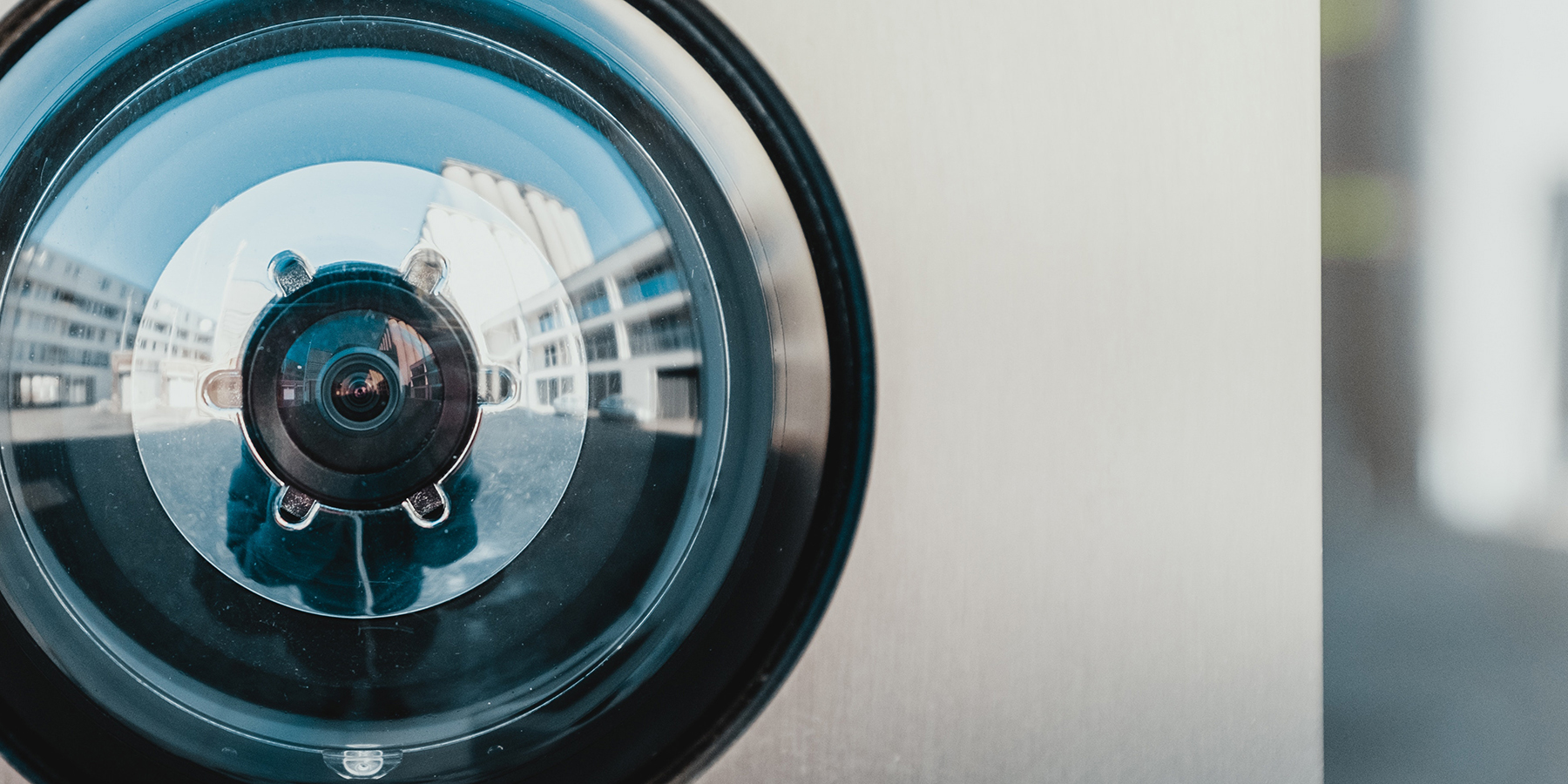If you have a large number of cameras on a DVR or NVR, it is common that the user forgets to optimize the storage space inside. A hard drive has a certain amount of cache (usually 64MB) that can properly accept incoming data and write data to the platter inside. Exceeding that cache threshold will cause data loss, which in a security camera system manifests as lost video frames. These lost video frames are commonly referred to as Frame Skipping.
In high definition systems that consist of more than 8 cameras, it is common to experience frame skipping when video is being recorded continuously from all the cameras in a system. The problem is pronounced when using a large number of 2K or 4K security cameras which are bandwidth hungry.
To mitigate frame skipping it’s important to have:
1. Multiple Hard Drives in a NVR or DVR recorder
2. Assign 2-3 drives to a group depending on the number of hard drives you have
3. Split the cameras to each hard drive group so that the hard drive cache is not exceeded
When shopping for an NVR or DVR that has more than 8 cameras it is important to make sure that you buy multiple hard drives inside the recorder. If you plan to record continuously, that means each camera will be sending video to a hard drive every second simultaneously. You need to make sure you don’t have more than ten 4K cameras going to one hard drive or hard drive group.
The cameras also need to be assigned to separate HDD groups.

